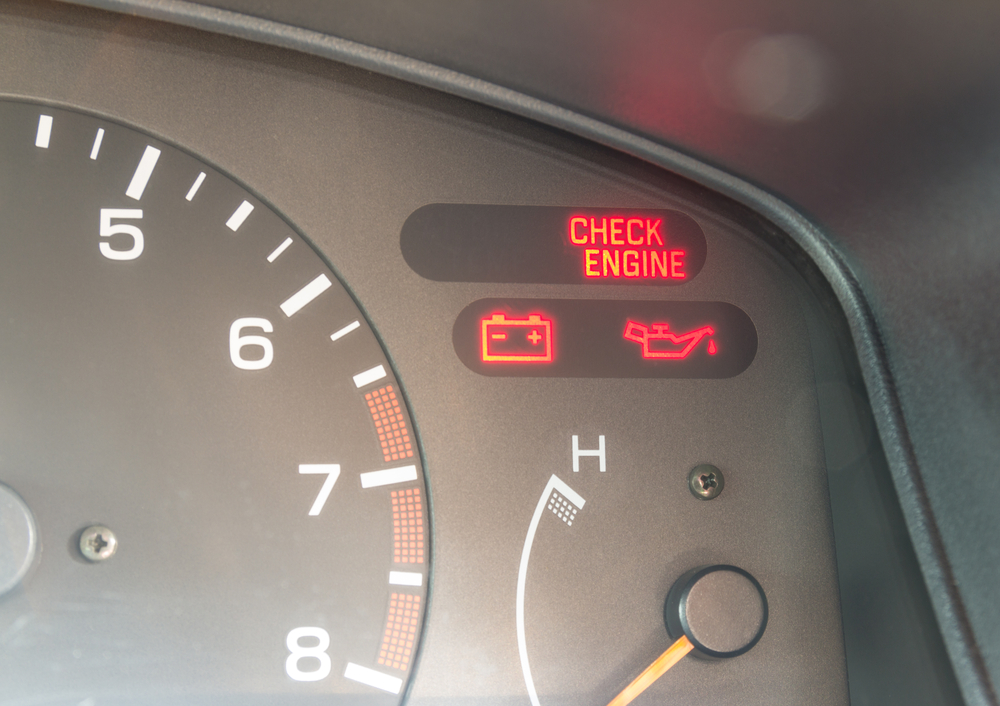There is a lot of talk surrounding company culture, which is important. A company’s culture is the revving engine behind any successful organization. Keeping with the motor metaphor, companies like to discuss what type of “engine” they want powering their car. They carefully craft and tinker these “engines,” and once they’re done, they shut the hood and throw the car in drive.
Many CEOs, though, are shocked when their car breaks down on the side of the highway. How could this happen? This shouldn’t happen to us! We’ve got the best engine in town! Unfortunately, poor CEO, it happens to many companies, regardless of how good that engine is. Why? Because much like engines, company missions and cultures require maintenance, checkups, and alignment from time to time.
We take our cars in to have their oil changed. We sprint to the nearest AutoZone whenever a strange warning light appears on our dash. Engines, no matter how good they are, require maintenance and constant attention. With that, as company leaders, we should be splitting the company culture conversation between what our culture looks like, whether the organization is aligned with the culture, and how to maintain it.
Routine Maintenance
Once a culture is defined, we should conduct cultural audits within our companies. How do our employees treat customers on a daily basis? Does it reflect our mission? How is our management style reflecting our culture?
It’s easy to write a nice mission statement but hard to implement it and even harder to ensure we are able and supported in living it every day throughout the entire organization. Without constant revisiting and reflection, a company’s mission is nothing more than ink and paper. But before you can even revisit and nurture your culture, you must make sure it can be consistently acted upon.
Dale Carnegie, author of How to Win Friends and Influence People, acknowledges the importance of this form of reflection, or “audit,” regarding his own self-help book. In the opening chapter, he writes, “… if you desire to master the principles you are studying in this book, do something about them.
“Apply these rules at every opportunity. If you don’t, you will forget them quickly. Only knowledge that is used sticks in the mind.”
Putting the Rubber to the Road
That quote is true of company culture, as well. We will forget what our cultures and missions look like in practice if, God forbid, we do not consistently remind ourselves to employ them in every facet of our being. They will only put the culture into action if it is possible. Can your people act on the culture? Can they deliver on the brand promise? What barriers are in the way?
Determine what your company’s culture looks like in practice. How can managers live out their company’s culture and values? How do employees actively use their company’s culture when working with customers? Once you know what culture looks like in a tangible sense, you can work to maintain it.
Take Disney’s mission, for example: “… to entertain, inform and inspire people around the globe through the power of unparalleled storytelling, reflecting the iconic brands, creative minds and innovative technologies that make ours the world’s premier entertainment company.”
Disney knows exactly what that looks like in practice.
To Disney, it means allowing Pixar to tell exciting, new stories that expose youth to different experiences. It means never sacrificing exceptional quality, which they put into practice with Rogue One, a Star Wars film that had to be entirely reshot upon completion to better fit Disney’s standards. It means ensuring that Disney parks are clean and transporting.
The actors at those parks never break character. Maintenance ensures the parks are always clean to help keep the magic alive. Buildings that don’t directly live in the Disney fantasy are painted a shade of “Go Away Green” to help hide them from the view of the public.
Everyone at Disney, from the animators to the park employees, knows exactly what the mission looks like in practice. With that, there are constant cultural “audits” to ensure this culture isn’t sacrificed. Everything is built to work together toward one aim. They don’t ignore the “check engine light.”
Take a Look Under the Hood
To determine alignment, you must run an alignment audit. An alignment audit is a deep dive into the talent management and customer experience processes such as:
- Policies
- Recruiting
- Onboarding
- Training and development
- Compensation
- Performance management
- Coaching
- Engagement
- Exiting
- Alumni
- Net promoter score
- Customer journey
- Customer touchpoints
The goal of the alignment exercise is to determine what the company is doing that supports the culture and what is getting in the way. We obviously want to leverage our strengths and minimize or remove the weakness. Once we make progress on this journey, we must cultivate our culture through our people.
Finding the Right Parts
Think about it this way:
If your transmission on your Porsche Cayenne blew, you would not replace it with a Toyota Camry transmission. Every part of the engine must work with the other, or it will break down or perform poorly. When organizations forget who they are and copy pieces of other companies just because it is easier or cheaper, we call these “Frankenstein Businesses.” They function, but they are not pretty.
What does your “engine” look like in practice? Are you reflecting on your “engine,” or are you shutting the hood? Culture must be maintained, and that’s the real key to getting down the highway.
Brad Federman is CEO at PerformancePoint LLC.

